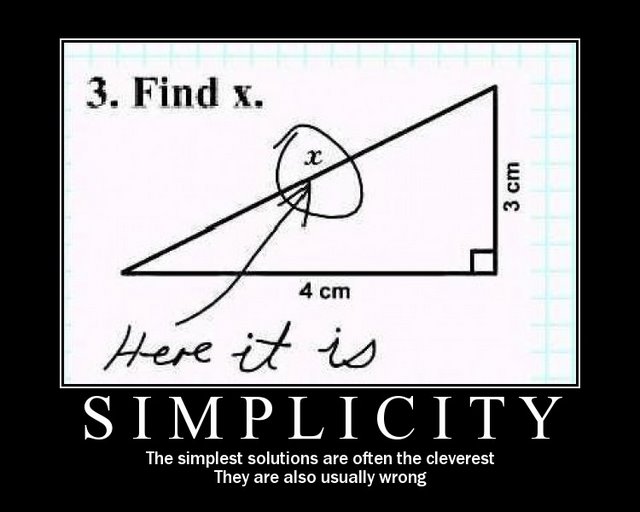DJNY
0
- Joined
- Nov 2, 2009
- Messages
- 5,991
- Points
- 83
is anybody able to explain in a few words why it is so difficult to make a blue laser?

Follow along with the video below to see how to install our site as a web app on your home screen.
Note: This feature may not be available in some browsers.



That sucks... It's a shame it's so hard to produce, even more of a shame that 593.5nm is even less eficient... It would be a dream to have these kinds of wavelengths in high power pointers...It can always happen that someone discover how to produce blue diodes or a new type of crystals
However, for lasershows the actual powers are already right, the CD/DVD/Blu-ray market is not interested since they already found a higher frequency diode type than blue (blu-ray). What I mean is that I doubt there's much people in the world trying to find a way to produce affordable blue lasers, so it's very improbable that we see this.
Yours,
Albert
That sucks... It's a shame it's so hard to produce, even more of a shame that 593.5nm is even less eficient... It would be a dream to have these kinds of wavelengths in high power pointers...
because in green lasers IR light frequency has to be duplied once, on a blue laser you need to do this twice. Every conversion results in a very big loss in power, stability, etc.. If green lasers are already difficult to make, blue lasers can become a nightmare.
It can always happen that someone discover how to produce blue diodes or a new type of crystals
However, for lasershows the actual powers are already right, the CD/DVD/Blu-ray market is not interested since they already found a higher frequency diode type than blue (blu-ray). What I mean is that I doubt there's much people in the world trying to find a way to produce affordable blue lasers, so it's very improbable that we see this.
Yours,
Albert
It's just a matter of time. I still wouldn't discart that someone discover a way to produce a diode that can produce more than one wavelenght. Imagine cheap multicolor lasers being sold. One regulator for the power and another for the color. That would be roxy
difference between blue and green
If I'm right the LBO crystals for blue lasers are also more complicated to create than the KTP type, and require very precise cutting of the facets to be efficient.
I have to say that pullbangdead summed it up very nicely.
I also heard and saw that they are trying to use blue lasers for holographic media storage; they want to reach a whopping 1TB per disk, if I remember correctly.
@Niko :
I would really want to see a -59nm laser....


